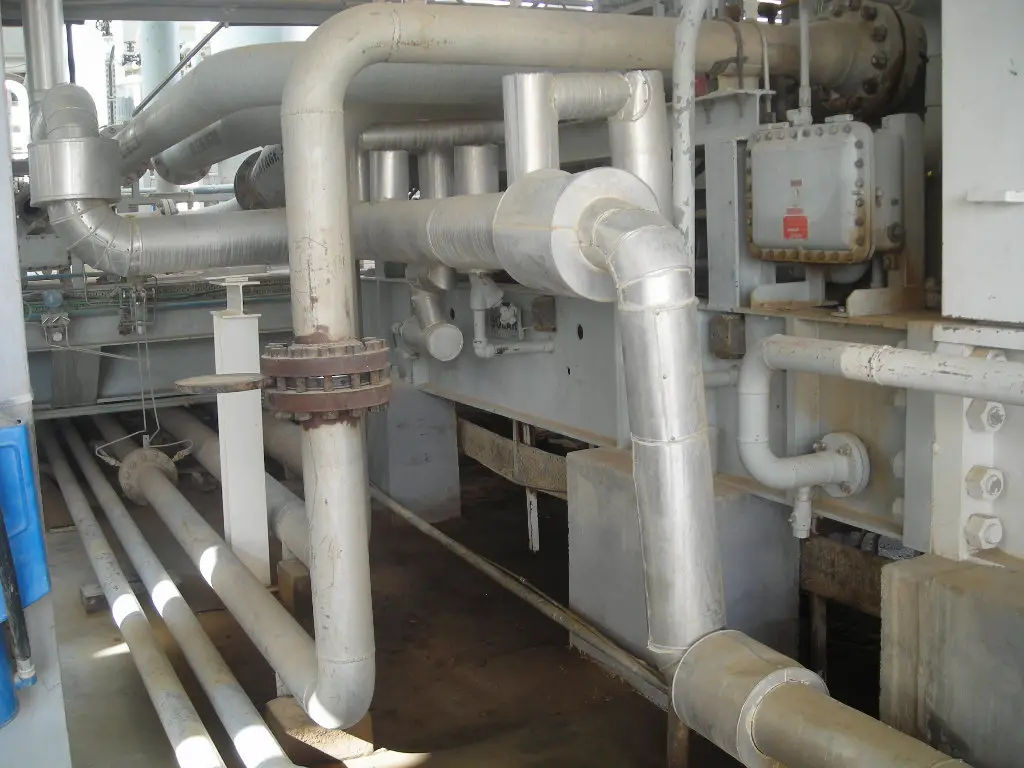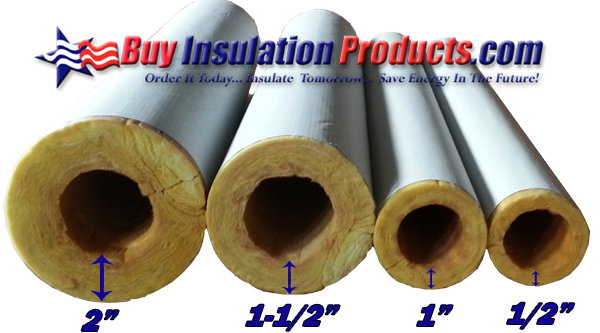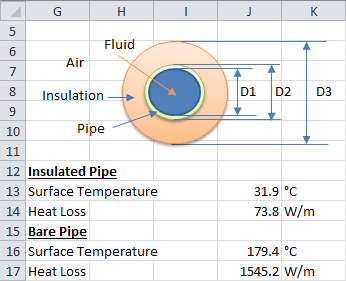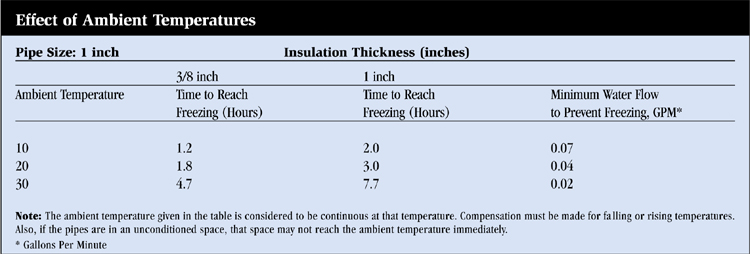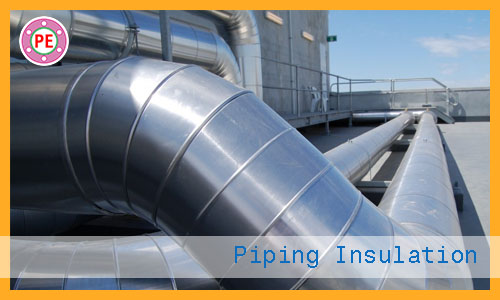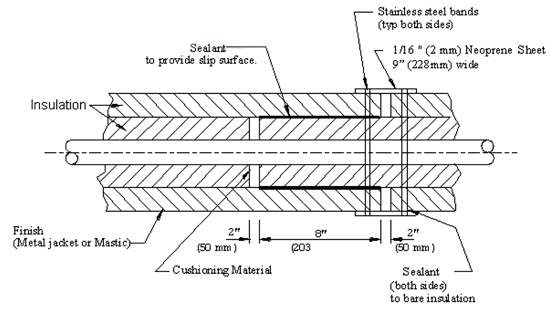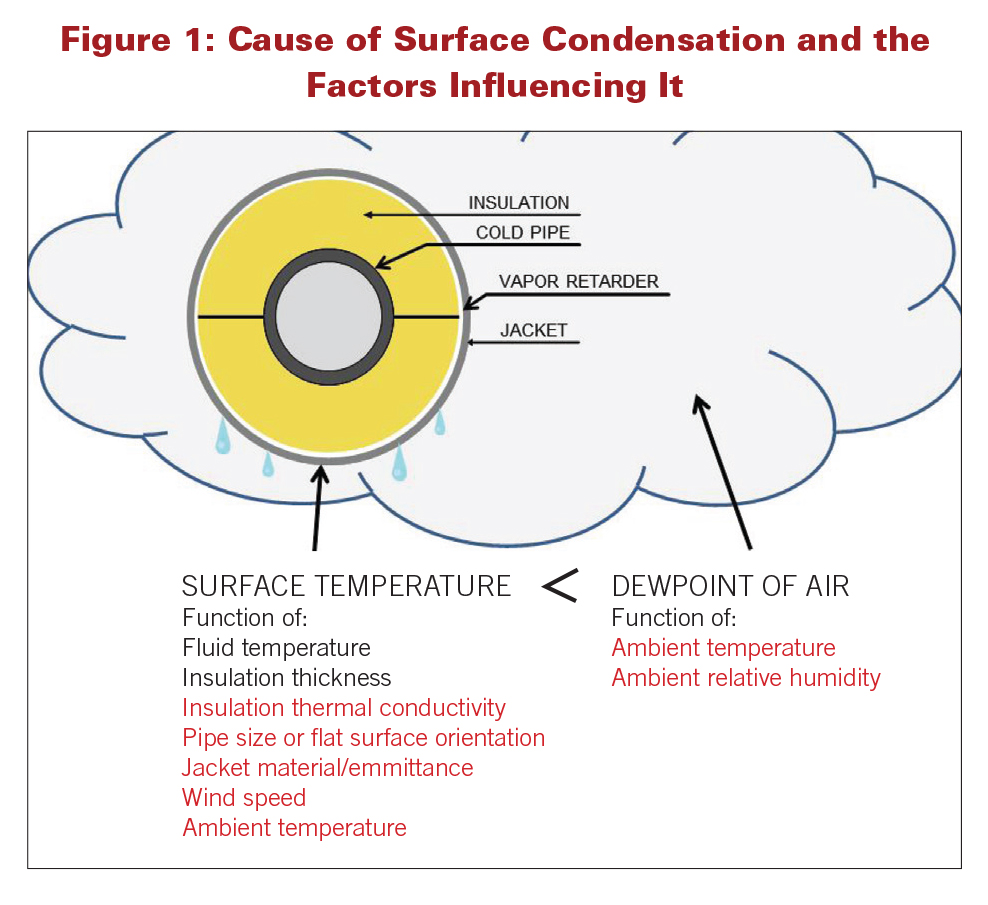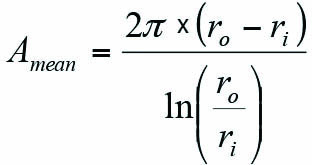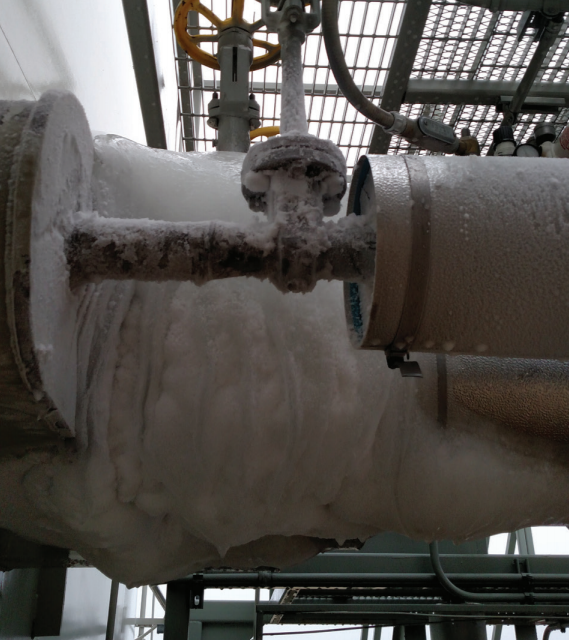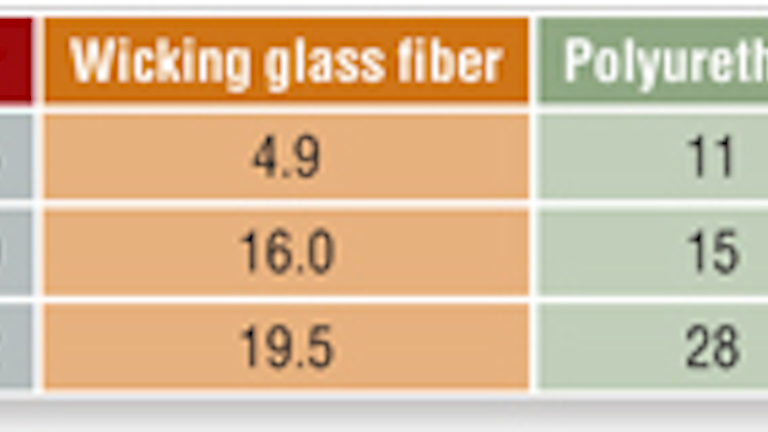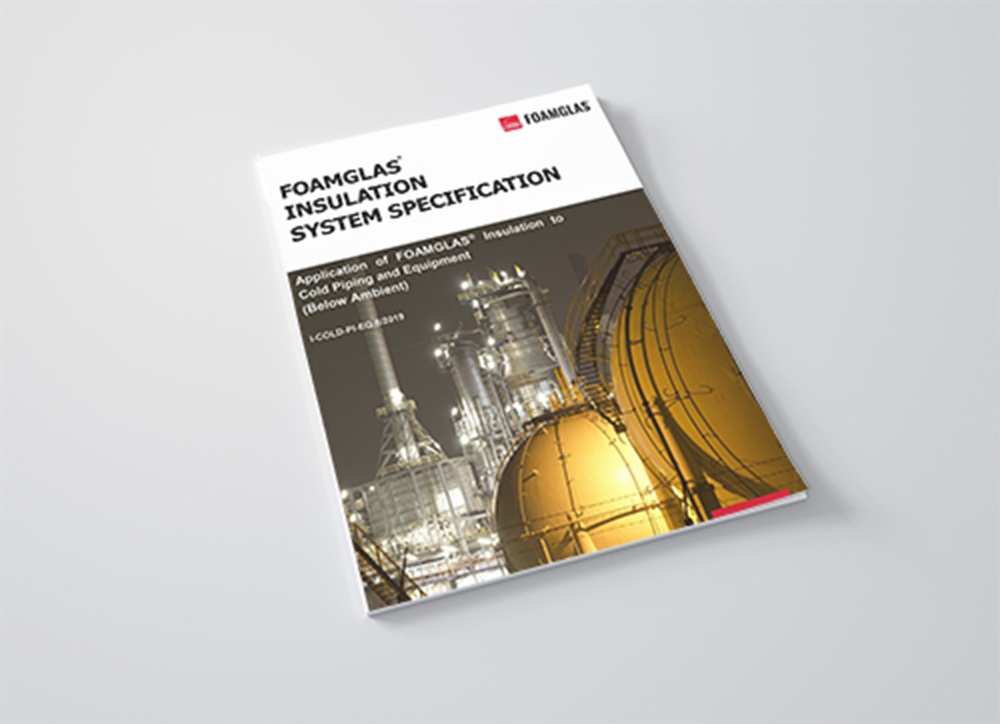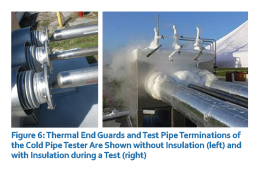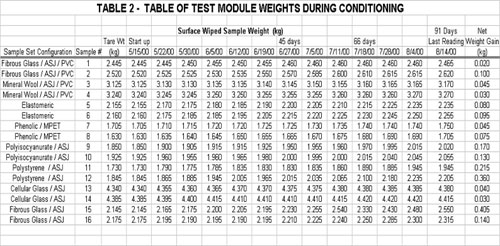By inputting information on a few key parameters it will calculate how many hours protection you can expect from different insulating materials.
Pipe cold insulation thickness calculation.
This calculator estimates the thickness of insulation required to avoid condensation on the outer surface of an insulated horizontal steel pipe.
This pipe thickness calculator calculates required pipe thickness for a process pipe based on asme b31 3 code.
3 5 insulation thickness the discussion above leads to the important result.
Pipe insulation tool this is an easy to use tool for designers installers and property owners to work out how effective insulation will be in delaying the effects of cold weather on water pipes such as freezing.
Insulation thickness 77 7 mm.
Calculate insulation thickness minimum value required for a pipe carrying steam at 180 0 c.
Thermal conductivity of the insulation material for the temperature range of the pipe can be taken as 0 04 w m k.
This is shown in an exemplary way in the diagram below.
Detail information about behind the back calculations is given at the end of this calculator.
Hence insulation thickness ri rp 0 2302 0 1524 0 0777.
Heat loss and insulation heat loss from pipes tubes and tanks with and without insulation foam fiberglass rockwool and more.
The thickness of pipe insulation for most common residential cold water pipes is 1 2 thick.
Calcium silicate insulation thermal conductivity of.
The heat loss from steam per meter of pipe length has to be.
Insulation heat transfer and heat loss from buildings and technical applications heat transfer coefficients and insulation methods and to reduce energy consumption.
Hot cold water freeze protection.
Input data includes the operating temperature the ambient conditions temperature relative humidity and wind speed and details about the insulation system material and jacketing.
Not only heated pipes are insulated jacketed pipes also are used to insulate very cold pipes.
The pipe size is 8 and the maximum allowable temperature of outer wall of insulation is 50 0 c.
The insulation thickness required for condensation prevention is dependent upon the ra diation conditions at the insulation surface and thereby upon the casing material chosen.
In many times pipe insulation additionally minimizes the effect of the temperature of the pipe at the instant environment.
Extra margin must be taken on insulation thickness as sometimes conducting heat transfer through insulation may become higher than convective heat transfer due to air on outside wall of insulation.
